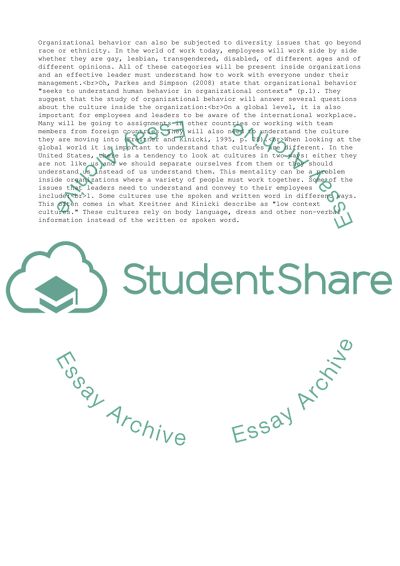Cite this document
(Organizational Behavior: Theories, Models, and Impact on Leadership Research Paper, n.d.)
Organizational Behavior: Theories, Models, and Impact on Leadership Research Paper. Retrieved from https://studentshare.org/management/1725816-organizational-behvior
Organizational Behavior: Theories, Models, and Impact on Leadership Research Paper. Retrieved from https://studentshare.org/management/1725816-organizational-behvior
(Organizational Behavior: Theories, Models, and Impact on Leadership Research Paper)
Organizational Behavior: Theories, Models, and Impact on Leadership Research Paper. https://studentshare.org/management/1725816-organizational-behvior.
Organizational Behavior: Theories, Models, and Impact on Leadership Research Paper. https://studentshare.org/management/1725816-organizational-behvior.
“Organizational Behavior: Theories, Models, and Impact on Leadership Research Paper”, n.d. https://studentshare.org/management/1725816-organizational-behvior.


